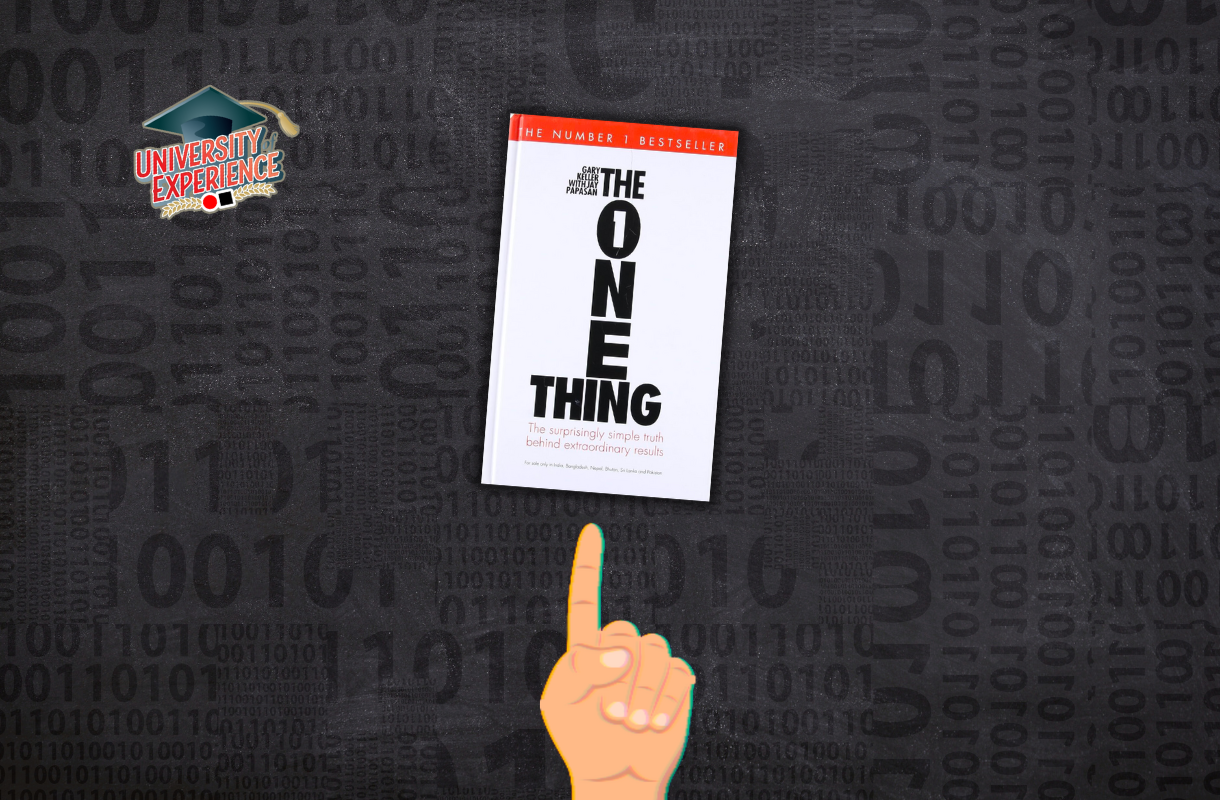By Manuel “Bobby” Orig, Director, Apo Agua
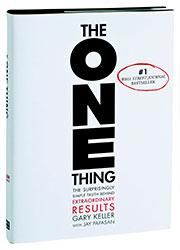
The ONE Thing
By Gary Keller
with Jay Papasan
The Surprising Simple Truth Behind
Extraordinary Results
What’s your ONE Thing?
People are using this simple, powerful concept to focus on what matters most in their personal and work lives. Companies are helping their employees be more productive with study groups, training, and coaching. Sales teams are boosting sales.
By focusing their energy on one thing at a time people are living more rewarding lives by building their careers, strengthening their finances, losing weight and getting in shape, deepening their faith, and nurturing stronger marriages and personal relationships.
YOU WANT LESS. You want fewer distractions and less on your plate. The daily barrage of e-mails, texts, tweets, messages, and meetings distract you and stress you out. The simultaneous demands of work and family are taking a toll. And what’s the cost? Second-rate work, missed deadlines, smaller paychecks, fewer promotions–and lots of stress.
AND YOU WANT MORE. You want more productivity from your work. More income for a better lifestyle. You want more satisfaction from life, and more time for yourself, your family, and your friends.
NOW YOU CAN HAVE BOTH ― LESS AND MORE.
This book has:
- Made more than 575 appearances on national bestseller lists
- Been #1 Wall Street Journal bestseller, New York Times bestseller, and USA Today bestseller
- Been translated into 40 languages
- Won 12 book awards
- Voted Top 100 Business Book of All Time on Goodreads
THE KEY TO EXTRAORDINARY RESULTS
The logic of ‘one thing’ is obvious but not until someone explains it to you. Keller asks: “If everyone has the same number of hours in a day, why do some people seem to get so much more done than others? How do they achieve more?” The heart of their approach is to get to the heart of things. While keeping the big picture in mind, they focus on the smallest thing, here and now. “When you want the absolute best chance to succeed at anything you want, your approach should always be the same. Go small. ‘Going small’ is ignoring all the things you could do and doing what you should do. It’s recognizing that not all things matter equally and finding the things that matter most.”
ABOUT GARY KELLER AND JAY PAPASAN
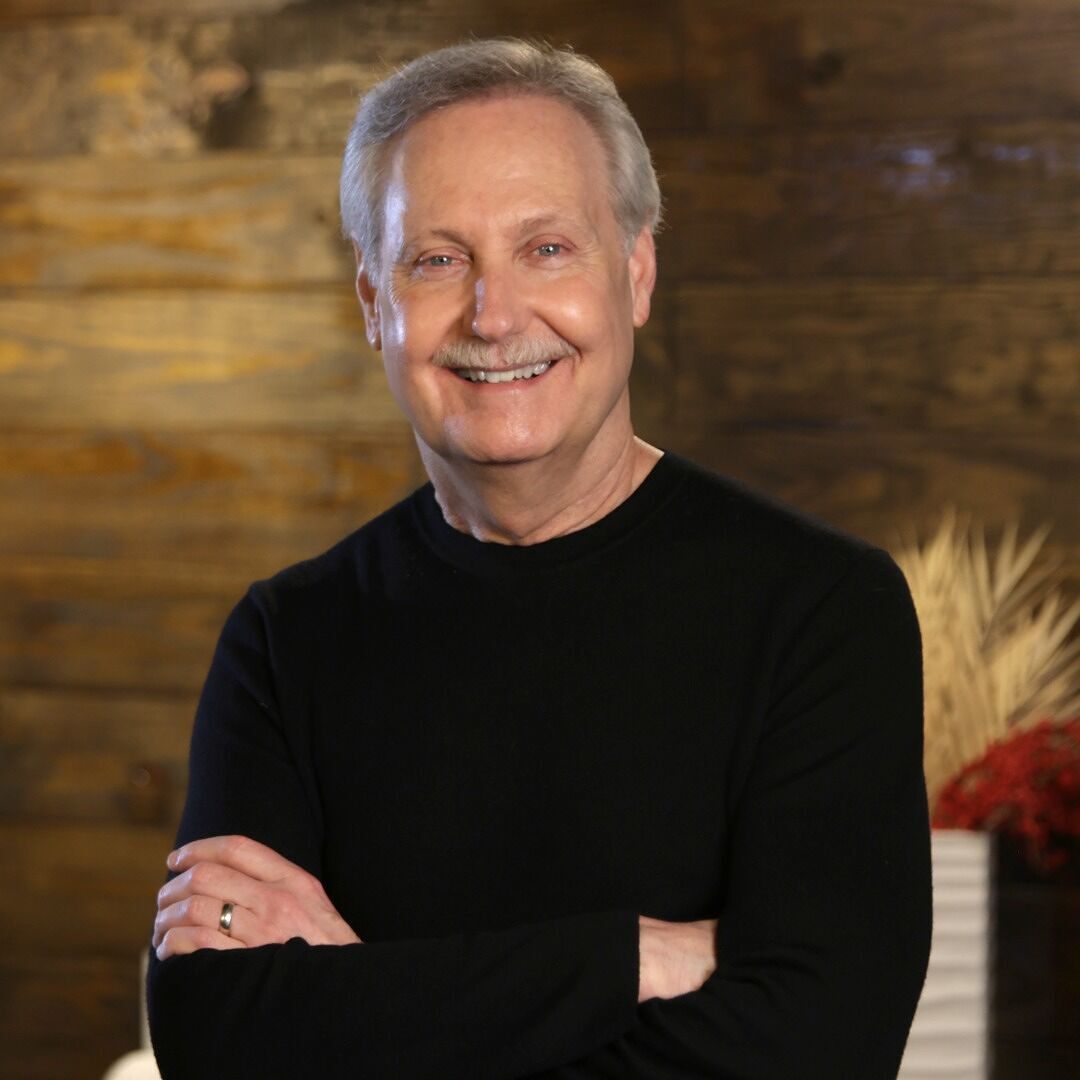
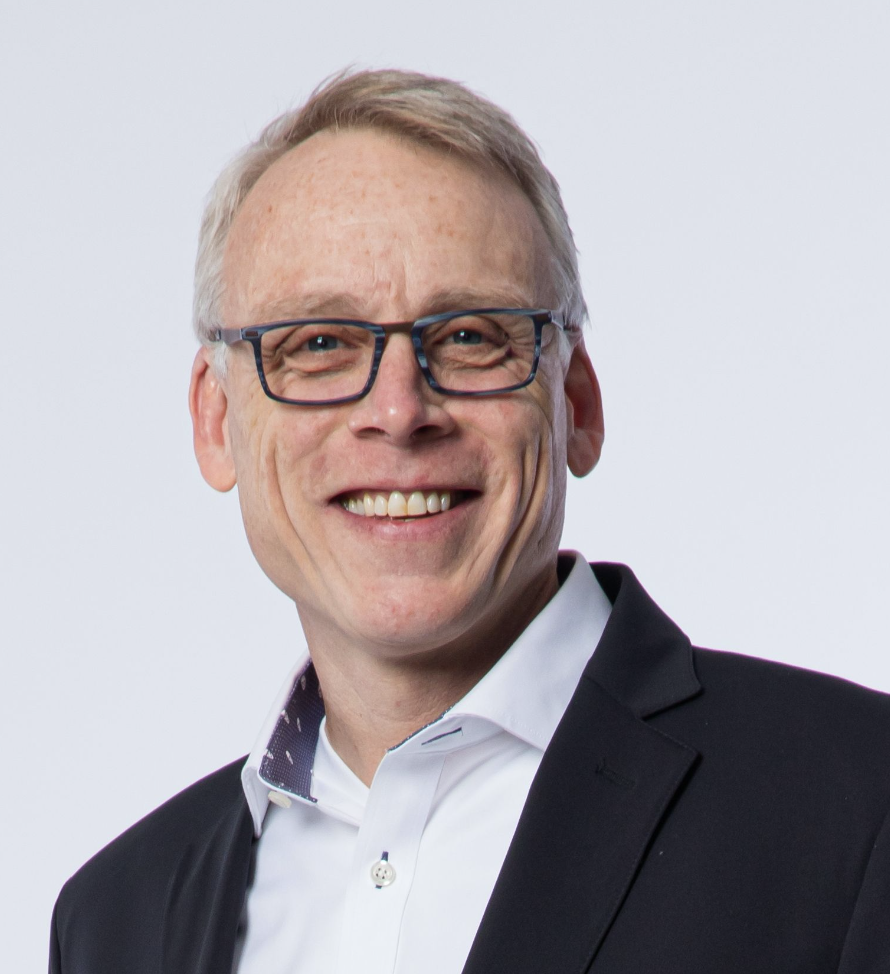
Gary Keller, the real estate mogul, teamed up with writer Jay Papasan to write the book The ONE Thing. Gary Keller is known for starting the real estate company Keller-Williams. However, his passion for teaching and motivating has led him into authorship.
Gary Keller has written four books, including The Millionaire Real Estate Agent, The Millionaire Real Estate Investor, Shift, and The One Thing. All four books have become bestsellers. For his book, The ONE Thing, Keller partnered with Papasan, who was a marketing editor and writer for Keller-Williams.
Jay Papasan is also the executive editor at Keller Williams Realty, a real estate company founded by Gary Keller. In this role, he has worked on a number of other books and resources related to real estate and business, including The Millionaire Real Estate Agent and The Millionaire Real Estate Investor. Before his career in publishing and real estate, Papasan worked as a journalist and editor, including roles at The Wall Street Journal and Fast Company. He is based in Austin, Texas.
THE ONE THING
On June 7, 1991, the earth moved for 112 minutes. Not really, but it felt that way.
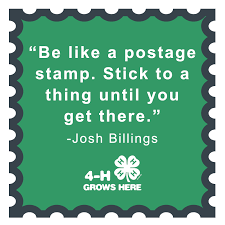
The author was watching the hit comedy City Slickers, and the audience laughter rattled and rocked the theater. Considered one of the funniest movies of all time, it is also sprinkled in unexpected doses of wisdom and insight. In one memorable scene, Curly, the gritty cowboy played by Jack Palance, and city slicker Mitch, played by Billy Crystal, leave the group to search for stray cattle. Although they have clashed for most of the movie, riding along together they finally connect over a conversation about life. Suddenly Curly reins his horse to a stop and turns in saddle to face Mitch.
Curly: Do you know what the secret of life is?
Mitch: No. What?
Curly: This. [He holds up one finger.]
Mitch: Your finger?
Curly: One thing. Just one thing. You stick to that and everything else don’t mean sh*t.
Mitch: That’s great, but what’s the “one thing”?
Curly: That’ what you’ve got to figure out.
Out of the mouth of a fictional character to our ears comes the secret of success. Whether the writer knew it or unwittingly stumbled on it, what they wrote was the absolute truth. The ONE Thing is the best approach to getting what you want.
The author didn’t really get this until much later. He has experienced success in the past but it wasn’t until he hit a wall that he began to connect his results with his approach. In less than a decade, he and his team have built a successful company with national and international ambitions, but all of a sudden things weren’t working out, and his life was in turmoil and it felt as if everything was crumbling around him.
He was failing.
SOMETHING HAD TO GIVE
At the end of a short rope, he sought help and found it in the form of a coach. He walked through him his situation and talked through the challenges he face, both personal and professional.
Their discussion started with a simple question: “Do you know what you need to do to turn things around?” He hadn’t a clue.
The coach said there was only one thing he needed to do. The coach identified 14 positions that needed new faces, and believed that with the right individuals in those key spots, the company, his job, and his life would see a radical change for the better.
It was a transformational moment. The author had never considered how so few could change so much. What was obvious is he wasn’t focused enough. Finding 14 people was clearly the most important thing he could do. So based on this meeting, he made a huge decision. He fired himself.
This time the earth really did move. Within three years, they began a period of sustained growth that averaged 40 percent for almost a decade. They grew from a regional player to an international contender. Extraordinary success showed up, and they never looked back.
As success begat success, something else happened along the way. The language of The ONE Thing emerged.
Having found the 14, the author began working with their top people individually to build their careers and businesses. Out of habit, he would end their coaching calls with a recap of the handful of things they were agreeing to accomplish before their next session. Unfortunately, many would get most of them done, but not necessarily what mattered most. Results suffered. Frustration followed. So, in an effort to help them succeed, he started shortening his list: If you can do just three things this week … Finally, out of desperation, he went small as he could possibly go and asked: “What’s the One Thing you can do this week such that by doing it everything else would be easier or unnecessary?” And the most awesome thing happened.
Results went through the roof.
After these experiences, the author looked back at his success and failures and discovered an interesting pattern. Where he had huge success, he narrowed down his concentration to one thing, and where his success varied, his focus had too.
GOING SMALL

If everyone has the same number of hours in a day, why do some people seem to do much more done than others? How do they do more, achieve more, earn more, have more? If time is the currency of achievement, then why are some able to cash in their allotment for more chips than others. The answer is they make getting to the heart of things the heart of their approach. They go small.
When you want the absolute best chance to succeed at anything you want, your approach should always be the same. Go small.
“Going small” is ignoring all the things you could do and doing what you should do. It’s recognizing that not all things that matter equally and finding the thing that matter most. It’s a tighter way to connect what you do with what you want. It’s realizing that extraordinary results are directly determined by how narrow you can make your focus.
The way to get most out of your work and your life is to go as small as possible. Most people think just the opposite. They think big success is time consuming and complicated. As a result, their calendars and to-do lists become overloaded and overwhelming. Over time they lower their expectations, abandon their dreams, and allow their life to get small. This is the wrong thing to make small.
You only have so much time and energy, so when you spread yourself out, you end up spread thin. The problem with trying to do too much is that is that even if it works, adding more to your work and your life without cutting anything brings a lot of bad with it: missed deadlines, disappointing results, high stress, long hours, lost sleep, poor diet, no exercise, and missed moments with family and friends – all in the name of going after something that is easier than you might imagine.
Going small is a simple approach to extraordinary results, and it works. It works all the time, anywhere and on anything. Why? Because it has only one purpose – to ultimately get you to the point.
When you go as small as possible, you’ll be staring at one thing. And that’s the point.
THE FOCUSING QUESTION
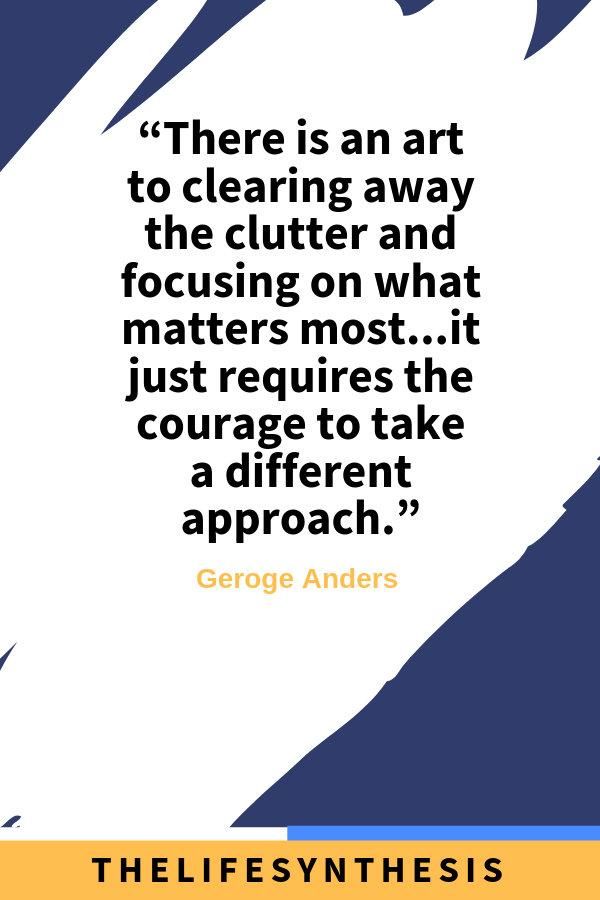
LIFE IS A QUESTION
You may be asking, “Why focus on a question when what we really crave is an answer?” It’s simple. Answers come from questions, and the quality of any answer is directly determined by the quality of the question. Ask the wrong question, get the wrong answer. Ask the right question, get the right answer. Ask the most powerful question possible, and the answer can be life altering.
Voltaire once wrote, “Judge a man by his questions rather than his answers. Sir Francis Bacon added, “A prudent question is one-half of wisdom. Indira Gandhi concluded that “the power to question is the basis of human progress.”
Great questions are clearly the quickest path to great answers. Every discoverer and inventor begins his quest with a transformative question.
How we phrase the questions we ask ourselves determines the answers that eventually become our life.
The challenge is that the right question isn’t always so obvious. Most things we want don’t come with a road map or set of instructions, so it can be difficult to frame the right question. Clarity must come from us. To get the answers we seek, we have to invent the right questions – and we’re left to devise our own. So how do you do this? How do you come up with uncommon questions that take you to uncommon answers?
You ask one question: the Focusing Question.
Anyone who dreams of an uncommon life eventually discovers there is no choice but to seek an uncommon approach to living it. The Focusing Question is that uncommon approach. In a world of no instructions, it becomes the simple formula for finding exceptional answers that lead to extraordinary results.
The Focusing Question can lead you to answer not only “big picture” questions (Where am I going? What target should I aim for?) but also “small focus” ones as well (What must I do right now to be on the path to getting the big picture? Where’s the bull’s eye?) It tells you not only what your basket should be, but also the first step toward getting it. It shows you how big your life can be and just how small you must go to get there. It’s both the map for the big picture and a compass for your smallest next move.
Extraordinary results are rarely happenstance. They come from the choices we make and the actions we take. The Focusing Question always aims you at the absolute best of both by forcing you to do what is essential to success – make a decision. But not just any decision – it drives you to make the best decision. It ignores what is doable and drills down to what is necessary, to what matters.
ANATOMY OF THE QUESTION
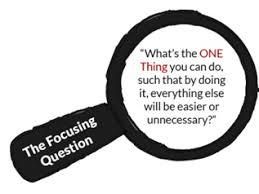
The Focusing Question collapses all possible questions into one: “What’s the ONE Thing I can do / such that by doing it / everything else will be easier or unnecessary?”
PART ONE: “WHAT’S THE ONE THING I CAN DO …
This sparks focused action. “What’s the ONE Thing” tell you the answer will be one thing versus many. It forces you toward something specific. It tell you right up front that, although you may consider many options, you need to take this seriously because you don’t get two, three, four, or more. You can’t hedge your bet. You’re allowed to pick one thing and one thing only.
PART TWO: “ …SUCH THAT BY DOING IT …
This tell you there’s a criterion your answer must meet. It’s the bridge between just doing something and doing something for a specific purpose. “Such that by doing it” let’s you know you’re going to have to dig deep, because when you do this ONE Thing, something else is going to happen.
PART THREE “ … EVERYTHING ELSE WILL BE EASIER OR UNNECESSARY?”
Archimedes said “Give me a lever long enough and I could move the world,” and that exactly what this last part tells you to find. “Everything else will be easier or unnecessary” is the ultimate leverage test. It says that when you do this ONE Thing, everything else you could do to accomplish your goal will be either doable with less effort or no longer even necessary. Most people struggle to comprehend how many things don’t need to be done, if they would just start by doing the right thing. In effect, this qualifier seeks to declutter your life by asking you to put on blinders. This elevates the answer’s potential to change your life by doing the leveraged thing and avoiding distractions.
LIVE BY PRIORITY
“Would you tell me please, which way I ought to go from here?”
“That depends a good deal on where you want to get to,” said the cat.
“I don’t much care where –“ said Alice.
“Then it doesn’t matter which way you go,” said the cat.
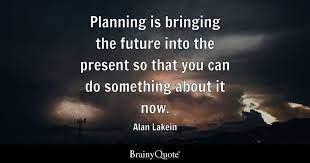
Alice’s classic encounter with the Cheshire Cat in Lewis Caroll’s Alices Adventures in Wonderland reveals the close connection between your purpose and priority. Live with purpose and you know where you want to go. Live by priority and you’ll know what to do to get there.
When each day begins, we each have a choice. We can ask, “What shall I do?” or “What should I do?” without direction, without purpose, whatever you “shall do” will always get you somewhere. But when you’re going somewhere on purpose, there will always be something you “should do” that will get you where you must go. When your life is on purpose, living by priority takes precedence.
GOAL SETTING TO THE NOW
Our life is driven by the purpose we give it. But there’s a catch you need to confront. Purpose has the power to shape our lives only in direct proportion to the power of the priority we connect to it. Purpose without priority is powerless.
To be precise, the word is priority – not priorities – originated from the Latin prior, meaning first. If something mattered the most it was a priority. Priority remained unpluralized until around the 20th century, when the world apparently demoted it to mean generally “something that matters” and the plural “priorities” appeared. With the loss of its initial intent, a wide variety of sayings like “most pressing matter,” and “on the front burner” pitched in to recapture the essence of the original.
Today, we elevate priority to its former meaning by adding “highest,” “top’” “first,” “main,” and “most important” in front of it.
So watch your language. You may have many ways to talk about priority, but no matter the words you choose, to achieve extraordinary results your meaning must be the same – ONE Thing.
LIVE FOR PRODUCTIVITY
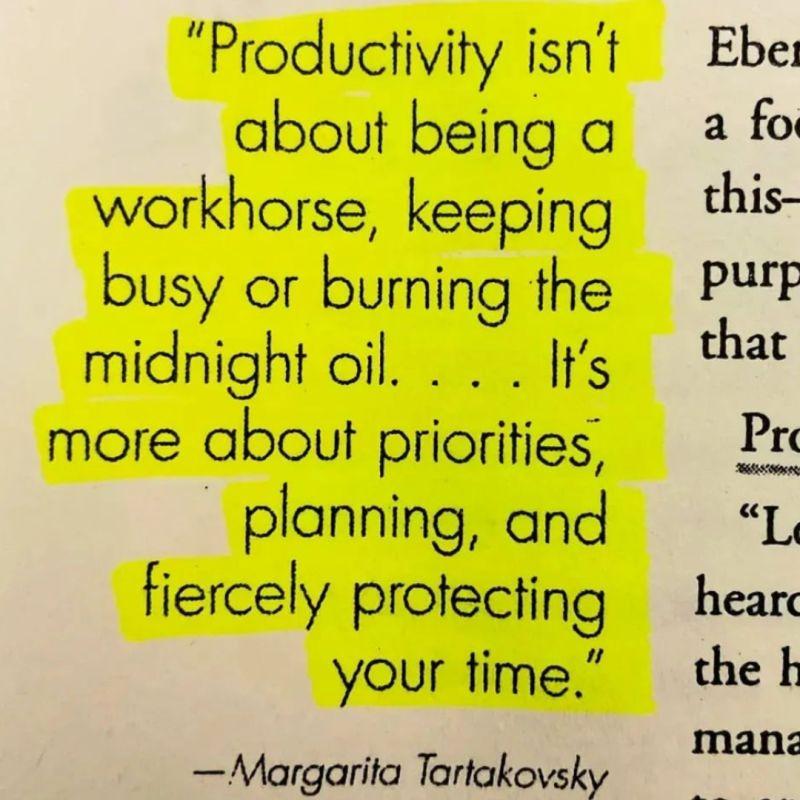
Productive action transforms lives.
We are always doing something – working, playing, eating, sleeping, standing, sitting, breathing. If we’re alive, we’re doing something. Even if we’re doing nothing, that’s something. Every minute of every day, the question is never we will be doing something, but rather what that something is we’ll be doing. And when it does, what we do defines our life more than anything else. In the end, putting a life of extraordinary results simply comes down to getting the most of what you do, when what you do matters.
Living for productivity produces extraordinary results.
Whenever the author teach productivity he always start by asking, “What type of time-managing system do you use?” The answers are as varied as the number of people in the room: paper calendar, Day-Timer, At-A-Glance weekly planner … you name it and he hears it. He then ask, “So how do you choose yours?” The reason cited come in every shape, size, color, price, and criteria imaginable. But the students invariably describe the format, not the function – what they are, not how they work. So when the author say, “That’s great, but what kind of system do you use?” The answer is always the same: “What do you mean?”
“Well, if everyone has the same amount of time and yet some earn more than others,” he ask, “can we say that it’s how we use our time that determines the money we make?” Everyone always agrees, so he continue: “If this is true, that time is money, then the best way to describe a time-managing system might just be by the money it makes. So, do you think you’re using the $10,000-a-year system? The $50,000-, $100,000-, or $500,000-a-year system? Are you using the $1,000,000-plus system?”
Silence.
Until inevitably someone asks, “How do we know?”
To which the author reply, “How much do you make?”
If money is a metaphor for producing results, then it’s clear – a time-managing system’s success can be judged by the productivity it produces.
The strange thing about the author’s life is he has never worked for anyone who wasn’t a millionaire or didn’t become one. He didn’t set out for this to happen. It just did. And the most important thing he learned from these experiences is that the most successful people are the most productive people.
Productive people get more done, achieve better results, and earn far more in their hours than the rest. They do so because they devote maximum time to being productive on their top priority, their ONE Thing. They time block their ONE Thing and then protect their time blocks with a vengeance. They’ve connected the dots between working their time blocks consistently and the extra-ordinary results they seek.
TIME BLOCKING
The author discovered that, no matter how hard he try, he can’t use more time as his means of doing more. It’s just not physically possible for him. So, given his constraints, he had to find a way to be highly productive in the hours he can put it.
The solution? Time blocking.
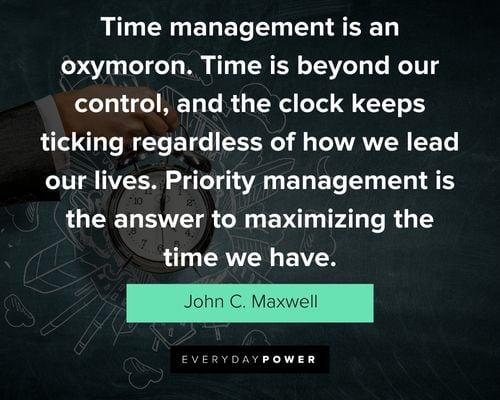
Most people think there’s never enough time to be successful, but there is when you block it. Time blocking is a very results-oriented way of viewing and using time. It’s a way of making sure that what has to be done gets done. Alexander Graham Bell said, “Concentrate all your thoughts upon the work at hand.” Time blocking harnesses your energy and centers it on your most important work. It’s productivity’s greatest power tool.
So, go to your calendar and block off all the time you need to accomplish your ONE Thing. If it’s a onetime ONE thing, block off the appropriate hours and days. If it’s a regular thing, block off the appropriate time every day so it becomes a habit. Everything else – other projects, paperwork, email, calls, correspondence, meetings, and all the other stuff – must wait. When you block time like this, you’re creating the most productive day possible in a way that’s repeatable every day for the rest of your life.
If disproportionate results come from one activity, then you must give that one activity disproportionate time. Each and every day, ask this Focusing Question for your blocked time: “Today, what’s the ONE Thing I can do for my ONE Thing such that by doing it everything else will be easier or unnecessary?” When you find the answer, you’ll be doing the most leveraged activity for your most leveraged work.
This is how results become extraordinary.
THE THREE COMMITMENTS
Achieving extraordinary results through time blocking requires three commitments.
First, you much adopt the mindset of someone seeking mastery. Mastery is a commitment to becoming your best, so to achieve extraordinary results you must embrace the extraordinary effort it represents. Second, you must continually seek the very best ways of doing things. Nothing is more futile that doing your best using an approach that can’t deliver results equal to your effort. And last, you must be willing to be held accountable to doing everything you can to achieve your ONE Thing. Live these commitments and you give yourself a fighting chance to experience extraordinary.
THE THREE COMMITMENTS TO YOUR ONE THING
- Follow the Path of Mastery
- Move from “E” to “P”
- Live the Accountability Cycle
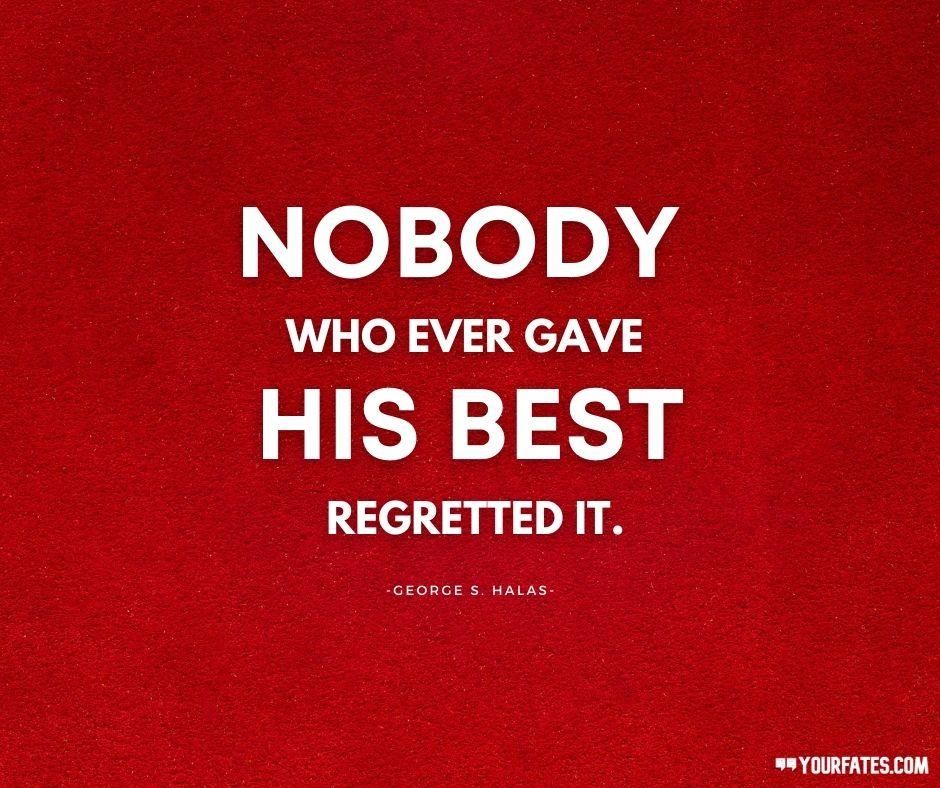
FOLLOW THE PATH OF MASTERY
Mastery isn’t a word we often hear anymore, but it’s critical as ever to achieving extraordinary results. As intimidating as it may initially seem, when you can see mastery as a path to go down instead of a desination you arrive at, it starts to feel accessible and attainable. Most assume mastery is an end result, but at its core, mastery is a way of thinking, a way of acting, and a journey you experience. What you’ve chosen to master is the right thing, then pursuing mastery of it will make everything else you do easier or no longer necessary. That’s why you choose to master matters.
The author believes the healthy view of mastery means giving your all to become the best you can be at your most important work. The path is one of an apprentice learning and relearning the basics of a never-ending journey of greater experience and expertise.
Think of it this way: At some point white belts training to advance know the same basic karate moves black belts know – they simply haven’t practiced enough to be able to do them as well. The creativity you see at the black-belt level comes from mastery of the white-belt fundamentals. Since there is always another level to learn, mastery actually means you’re a master of what you know and an apprentice of what you don’t. In other words, we become masters of what is behind us and apprentices for what is ahead.
MOVE FROM “E” TO “P”
When coaching top performers, the author often ask, “Are you doing this to simply do the best you can do, or are you doing this to do it the best it can be done?” Many realize that although they are giving their best effort, they aren’t doing the best that could be done, because they aren’t willing to change what they are doing. The path of mastering something is the combination of not only doing the best you can do at it, but also doing the best it can be done. Continually improving how you do something is critical to getting the most from time blocking.
It’s called moving from “E” to “P.”
When we roll out of bed in the morning and start tackling the day, we do so in one of two ways: Entrepreneurial (“E”) or “Purposeful (“P”.) Entrepreneurial is our natural approach. It’s seeing something we want to do or that needs to be done and racing off to do it with enthusiasm, energy, and our natural abilities.
No matter the task, all natural ability has a ceiling of achievement, a level of productivity and success that eventually tops out. Although this varies from person to person and task to task, everybody in life has a natural ceiling for everything. But when you’re going about your ONE Thing, any ceiling of achievement must be challenged, and this requires a different approach – a Purposeful approach.
Highly productive people don’t accept the limitations of their natural approach as a final word on their success. When they hit a ceiling of achievement, they look for new models and systems, better ways to do things to push them through. They just pause long enough to examine their options, they pick the best one, and then they’re right back at it.
When you’re in search of extraordinary results, accepting an OK Plateau or any other ceiling of achievement isn’t okay when it applies to your ONE Thing. When you want to break through plateaus and ceilings, there is only one approach – “P.”
The Purposeful approach says, “I’m still committed to growing, so what are my options?” You then use the Focusing Question to narrow those choices down to the next thing you should do. It could be to follow a new model, get a new system, or both. But be prepared. Implementing these may require new thinking, new skills, and even new relationships.
When you’ve done the best you can do but are certain the results aren’t the best they can be, get out of “E” and into “P.” Look for the better models and systems, the ways that can take you farther. Then adopt the new thinking, new skills, and new relationships to help you put them into action.
LIVE THE ACCOUNTABILITY CYCLE
There is an undeniable connection between what you do and what you get. Actions determines outcomes, and outcomes inform actions. Be accountable and this feedback loop is how you discover the things you must do to achieve extraordinary results.
Taking complete ownership of your outcomes by holding no one but yourself responsible for them is the most powerful thing you can do to drive your success. As such, accountability is most likely the most important of the three commitments. Without it, your journey down the path of mastery will be cut short the moment you encounter a challenge. Without it, you won’t figure out how to break through the ceilings of achievement you’ll hit along the way. Accountable people absorb setbacks and keep going . Accountable people persevere through problems and keep pushing forward. Accountable people are results oriented and never defend actions, skill levels, models, systems, or relationships that aren’t getting the job done. They bring their best to whatever it takes, without reservation.
When life happens, you can be either the author of your life or the victim of it. Those are your only two choices – accountable or unaccountable. This may sound harsh, but it’s true. Every day we choose one approach or the other, and the consequences follow us forever.
THE JOURNEY
“One step at a time” may be trite, but it’s still true. No matter the objective, no matter the destination, the journey to anything you want always starts with a single step.
That step is called the ONE Thing.
The author want you to do something. He wants you to close your eyes and imagine your life as big as it can possibly be. As big as you have ever dared, and then some. Can you see it?
Now open your eyes and listen. Whatever you can see, you have the capacity to move toward. And when what you go for is as vast as you can possibly envision, you’ll be living the biggest life you can possibly live.
Living large is that simple.
The author shares a way you can do this. Write down your current income. Then multiply it by a number: 2, 4, 10, 20 – it doesn’t matter. Just pick one, multiply your income by it, and write down the new number. Looking at it and ignoring whether you’re frightened or excited, ask yourself, “Will my current actions get me to this number in the next five years?” If they will, then keep doubling the number until they won’t. If you make your actions match your answer, you’ll be living large.
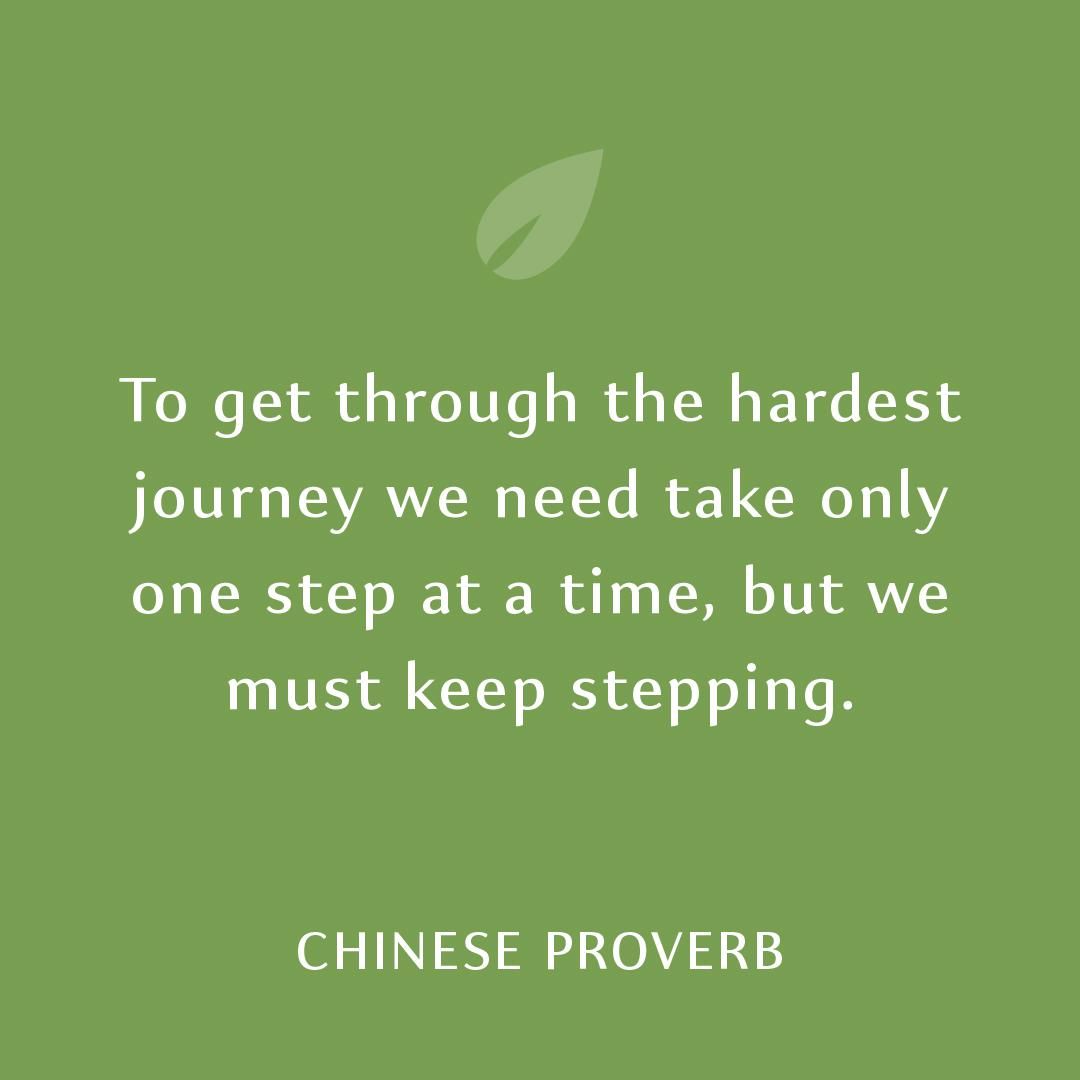
This thinking can apply to your spiritual life, your physical conditioning, your personal relationships, your career achievement, your business success, or anything else that matters to you. When you lift the limits of your thinking, you expand the limits of your life. It’s only when you can imagine a bigger life that you can ever hope to have one.
Extraordinary results require you to go small.
There is no surefire thing, but there’s always something, ONE Thing, that out of everything matters more than anything. The author is not saying there will only be one thing, or even the same thing forever. What he is saying is that at any moment in time there can only be ONE Thing, and when that ONE Thing is in line with your purpose and sits atop your priorities, it will be the most productive thing you can do to launch you toward the best you can be.
PUTTING THE ONE THING TO WORK
So what now?
You’ve read the summary. You get it. You’re ready to experience the extraordinary results in your life. So, what do you do? How do you tap into The ONE Thing in the most powerful way?
YOUR PERSONAL LIFE
Let the ONE Thing bring clarity to the key areas of your life. Here’s a short sampling:
- What’s the ONE Thing I can do this week to discover or affirm my life’s purpose …?
- What’s the ONE Thing I can do in 90 days to get in the physical shape I want?
- What’s the ONE Thing I can do today to strengthen my spiritual faith?
- What’s the ONE Thing I can do to find time to practice the guitar 20 minutes a day …? Knock five strokes off my golf game in 90 days … Learn to paint in 6 months …?
YOUR FAMILY
Use the ONE Thing with your family for fun and rewarding experiences. Here are some options:
- What’s the ONE Thing we can do this week to improve our marriage …?
- What’s the ONE Thing we can do every week to spend more quality family time together …?
- What’s the ONE Thing we can do to support our kid’s school work …?
- What’s the ONE Thing we can do to make our next vacation the best ever …?
YOUR JOB
Put the ONE Thing to work taking your professional life to the next level. Here’s a few ways to get started.
- What’s the ONE Thing can I do today to complete my current project ahead of schedule …?
- What’s the ONE Thing I can do this month to produce better work …?
- What’s the ONE Thing I can do before my next review to get the raise I wanted …?
- What’s the ONE Thing I can do everyday to finish my work and still get home on time …?
You can expand this exercise to include the other key areas of your life, including your place of worship and your community.
CONCLUSION
The ONE Thing forces you to think big, work things through to create a list, prioritize that list so that a geometric progression can happen, and then hammer away on the first thing – the ONE Thing that starts your domino run.
So be prepared to live a new life! And remember that the secret to extraordinary results is to ask a very big and specific question that leads you to one very small and tightly focused answer.
If you try to do everything, you could wind up with nothing. If you try to do just ONE Thing, the right ONE Thing, you could wind up with everything you ever wanted.
The ONE Thing is real. If you put it to work, it will work.
So don’t delay. Ask yourself the question, “What’s the ONE Thing in my life such that by doing it everything else will be easier or unnecessary?”
And make doing the answer your first ONE Thing!
Onward …
/// end
If you have any comments on our book digest series, please drop us a note aboitiz.eyes@aboitiz.com

